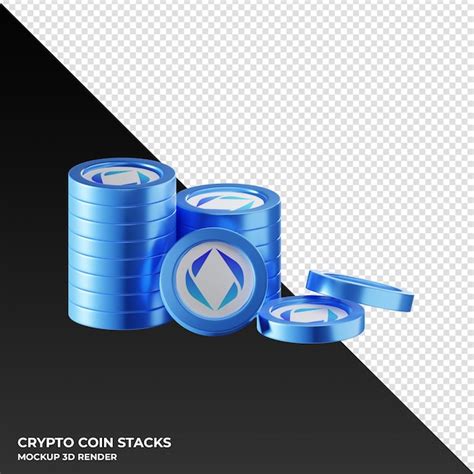Here’s an article on three cryptocurrency and blockchain topics:
“Ethereum Name Service (ENS) Revolutionizes the Internet of Blockchains”

The internet is becoming increasingly decentralized, with more and more people using blockchain technology to secure and verify transactions. One of the key components of this ecosystem is the Ethereum Name Service (ENS), a platform that enables users to manage their digital identities and connect them to various blockchain networks.
One of the ENS’s most innovative features is its ability to assign unique names to digital assets, making it easier for users to identify and interact with their tokens. This approach has been adopted by several popular cryptocurrency platforms, including Ethereum itself. The ENS allows users to create a personal domain (e.g., example.eth) that can be used to access various blockchain services, such as decentralized finance (DeFi) applications or non-fungible token (NFT) marketplaces.
In addition to its utility for user identification and interaction, the ENS also provides a secure way to store and manage digital assets. This is particularly important in an era of growing concerns about data privacy and security on the internet. By using a decentralized identity system, users can maintain control over their private keys and ensure that their assets are safe from unauthorized access.
However, the ENS has not been without controversy. Some critics have argued that the platform’s focus on user identification and interaction may lead to increased scrutiny of cryptocurrency transactions, potentially stifling innovation and use cases. Nevertheless, the ENS remains a key player in the development of blockchain-based identity systems, and its innovative approach is likely to shape the future of digital commerce and communication.
“Token Burn: A Crucial Measure for Ethereum’s Long-Term Survival”
As the value of cryptocurrency assets continues to fluctuate wildly, it has become increasingly necessary to address concerns around volatility. One way to mitigate these risks is through a process called token burn, which involves intentionally destroying or “burning” a certain amount of cryptocurrency as part of an asset’s lifecycle.
On Ethereum, token burn has long been a contentious issue. Many critics have argued that the platform’s focus on utility and scalability can lead to reckless speculation and price manipulation, potentially destabilizing the entire ecosystem. However, proponents of token burn argue that it serves several purposes: first, by reducing market volatility, which helps to prevent speculative attacks; second, by incentivizing users to hold onto their assets for longer periods, thereby reducing the likelihood of panic selling; and third, by providing a transparent and auditable mechanism for managing asset supply.
Stacks, an Ethereum-based token, has been at the forefront of this token burn movement. In 2021, Stacks raised $15 million in funding from investors, with the goal of developing a decentralized platform for scaling and validating smart contracts. One key component of this vision is the Stacks token, which serves as the primary governance mechanism for the ecosystem.
The Stacks token has been designed to work alongside the Ethereum blockchain, providing a scalable solution for validating smart contracts on the network. By incentivizing users to burn their tokens through various mechanisms (such as staking or trading), Stacks aims to promote long-term sustainability and reduce market volatility in the process.
As the cryptocurrency space continues to evolve, token burn is likely to play an increasingly important role in shaping the future of blockchain technology. Whether this approach will ultimately prove effective remains to be seen, but one thing is certain: it represents a key step towards building more resilient and stable ecosystems for all participants.

